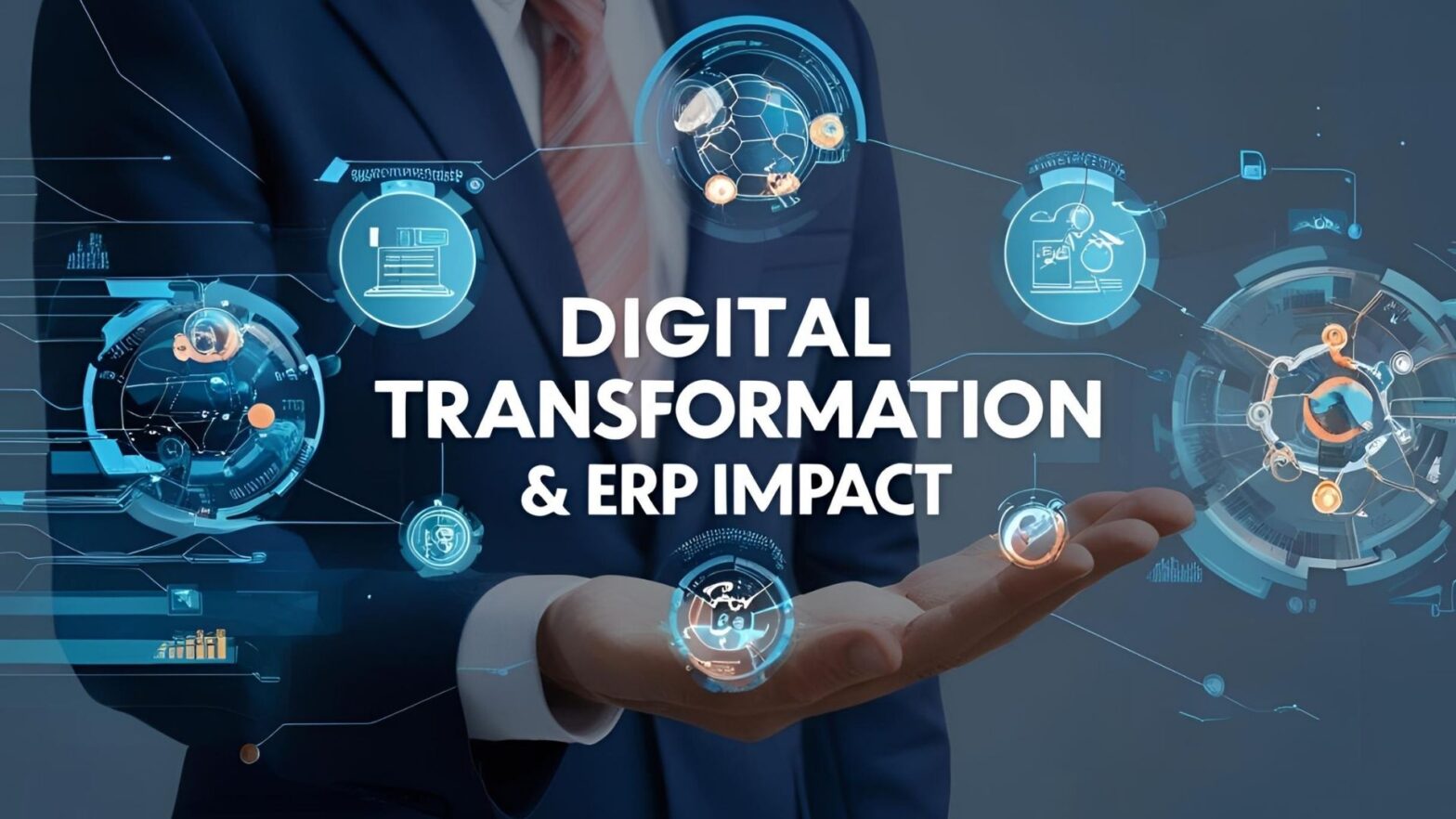— ERP-Driven Strategies to Build a Greener, Smarter Supply Chain for Building Materials
🌎 Why Sustainability in Procurement Matters More Than Ever
Your sourcing decisions don’t just affect what’s on your shelves—they impact the entire construction ecosystem:
🌿 Builders are looking for LEED-compliant or low-carbon products
🌍 Governments and commercial developers want to track embodied carbon
🔄 Sustainable materials reduce waste, improve circularity, and cut long-term costs
📈 And eco-conscious sourcing is becoming a competitive differentiator
The best part? With the right ERP tools, you can track, manage, and optimize your sustainable procurement practices like a pro.
✅ Tip 1: Source from Vendors with Verified Environmental Certifications
Why it matters:
Sustainable sourcing starts with the right suppliers. Look for:
FSC-certified wood
GREENGUARD/low-VOC products
Cradle-to-Cradle certifications
ISO 14001-compliant manufacturers
ERP Tie-In:
Store vendor certifications in your ERP vendor profile
Attach EPDs (Environmental Product Declarations) to each SKU
Filter suppliers based on sustainability attributes when issuing POs
➡️ Green sourcing starts with smart supplier selection.
✅ Tip 2: Prioritize Local and Regional Vendors to Cut Transportation Emissions
Why it matters:
Hauling drywall or concrete across three states burns a lot of diesel—and your customers notice.
What to do:
Choose vendors closer to your warehouse or jobsite region
Bundle orders to reduce trips
Work with carriers that use cleaner vehicles or optimized logistics
ERP Tie-In:
Track vendor lead times and freight distances
Set delivery radius filters during PO generation
Auto-calculate transportation emissions per shipment
➡️ The shorter the route, the smaller the footprint.
✅ Tip 3: Choose Recycled and Recyclable Materials
Why it matters:
Contractors want materials with recycled content or those that can be reused or recycled post-project.
What to do:
Source insulation, decking, and panels made from recycled inputs
Prioritize metal and wood products that are remanufactured or repurposable
ERP Tie-In:
Tag SKUs as “recycled,” “recyclable,” or “low-impact”
Track sustainability attributes in your product database
Use ERP filters to build “green product catalogs” for clients
➡️ Support the circular economy, one SKU at a time.
✅ Tip 4: Consolidate Procurement to Reduce Packaging and Pallet Waste
Why it matters:
Multiple small orders = more packaging, more plastic wrap, more wood waste.
What to do:
Batch bulk orders where possible
Work with suppliers offering minimal or reusable packaging
Prioritize full-truckload or consolidated shipments
ERP Tie-In:
Group POs by vendor and delivery timing
Track packaging waste metrics tied to each vendor
Report on packaging type per SKU or category
➡️ Less waste in = less waste out.
✅ Tip 5: Monitor Vendor Sustainability Performance Over Time
Why it matters:
You need to know if your vendors are actually walking the talk.
What to track in your ERP:
% of certified sustainable SKUs
On-time delivery with low-carbon options
Freight efficiency (e.g., full-load vs. partial load)
Vendor scorecards with sustainability ratings
ERP Advantage:
Build vendor dashboards and run reports to guide procurement decisions.
➡️ Data-backed buying builds real accountability.
✅ Tip 6: Train Your Procurement Team on Sustainable Buying Criteria
Why it matters:
You can’t hit your sustainability goals if your buyers don’t know what to prioritize.
What to cover:
Which certifications to look for
How to read EPDs and MSDS sheets
How to use ERP tools to find and compare sustainable options
ERP Tie-In:
Use embedded notes, tooltips, or dropdowns in PO creation
Build templates for “eco-preferred” purchasing workflows
➡️ Knowledgeable buyers = greener supply chains.
✅ Tip 7: Report Sustainability Metrics to Clients and Project Teams
Why it matters:
Customers want transparency and data—they’re asking for it in specs, RFQs, and LEED submissions.
How to deliver:
Export product-level sustainability data
Show breakdowns of recycled content, carbon impact, and vendor certifications
Provide reports that are jobsite- or project-specific
ERP Tie-In:
Auto-generate sustainability reports based on order history
Create exportable templates for submittals and compliance
➡️ Sustainability reporting becomes a service—not a struggle.


